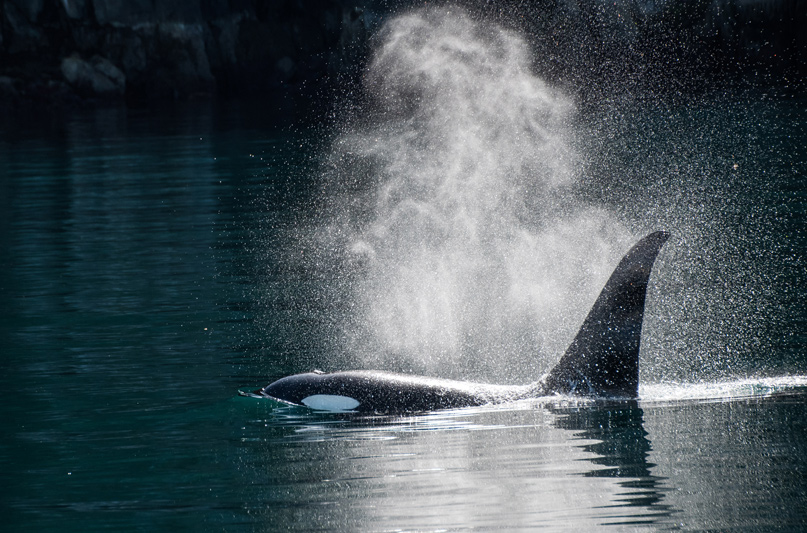
Washington State’s Southern Resident Killer Whale Task Force published a draft of their second round of potential new recommendations. The five-page document builds upon the Task Force’s initial 36 official recommendations released in the fall of 2018 and designed to aid the threatened local orca population. The various recommendations, both ones enacted and those proposed in the draft, affect the marine sector directly, so everyone from the casual angler to professional mariner best pay attention. According to the Governor’s website, the Task Force plans to formally submit their proposals to the Governor on November 8.
At this point, it’s common knowledge the Southern Resident Killer Whales (SRKWs, also called Southern Resident Orcas) that primarily call the Salish Sea home are under threat. According to the Center for Whale Research, the standing population at the time of this writing is 73 whales. Published numbers from the Environmental Protection Agency show a population that’s been up and down over the decades, with a census low of 66 in 1973, the first year of official tally, and a census maximum of 98 in 1995.
To reverse the negative population trend of the last couple decades, Governor Jay Inslee formed the Southern Resident Killer Whale Task Force in the spring of 2018. The Task Force—through a transparent, publicly accessible process that involved dozens of experts across most relevant fields of the private and public sectors—issued the first 36 recommendations later that same year.

In our February 2019 issue, we published a feature — The New Ways of Being Whale Wise — that examined each recommendation from the Task Force and what it means for our readership. Notable at the time was recommendation 36, to “Monitor progress of implementation and identify needed enhancements.” This new draft of potential recommendations appears to do good by recommendation 36.
Within the new draft, a swath of “Outstanding Needs” are outlined across the main categories of Prey, Vessels, Contaminants, Funding, Climate, Population, and Growth, with specific potential recommendations indicated as urgent. The full draft is available for viewing online at bit.ly/2Hujyt6. We will report on the evolution of this draft into official recommendations when they are released.


